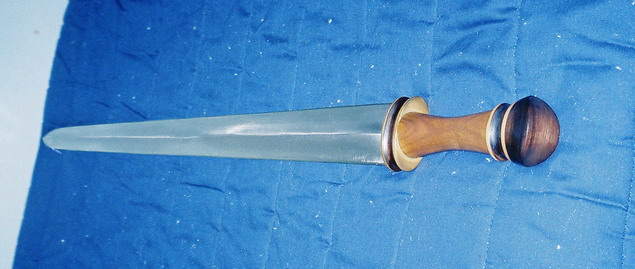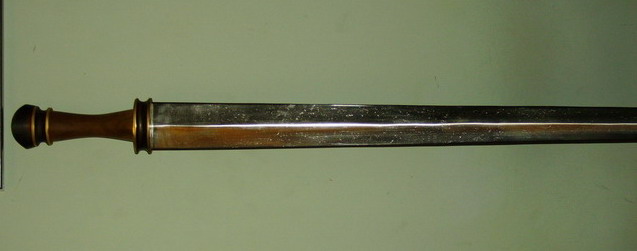1. The first sword is a CAS Iberia Spatha. from the early 90's. I am content to call it a "fantasy" spatha-esque sword, but I just want to see if it's more than that. Upon looking at the blade, I think it might be considered a Straubing-Nydam style. The hilt? Well, Most likely "fantasy". But still... never hurts to collect opinions....
2. The second sword is a Michael "Tinker' Pearce "Early Viking Sword". A nice sword, with wonderful handling qualities, as should be expected from Tinker. But what is it really? To me, it looks like a Behmer type 2 hilt without the metal-plated grip. That would put it in the 5th century AD, a bit early for a Viking sword (even I believe most were found in Denmark and some other Scandinavian lands, which, if you stretch it, might be considered "early Viking" -- way early)....
Anyway, thoughts? Opinions? Facts and research? Or am I just off?



[ Download ]